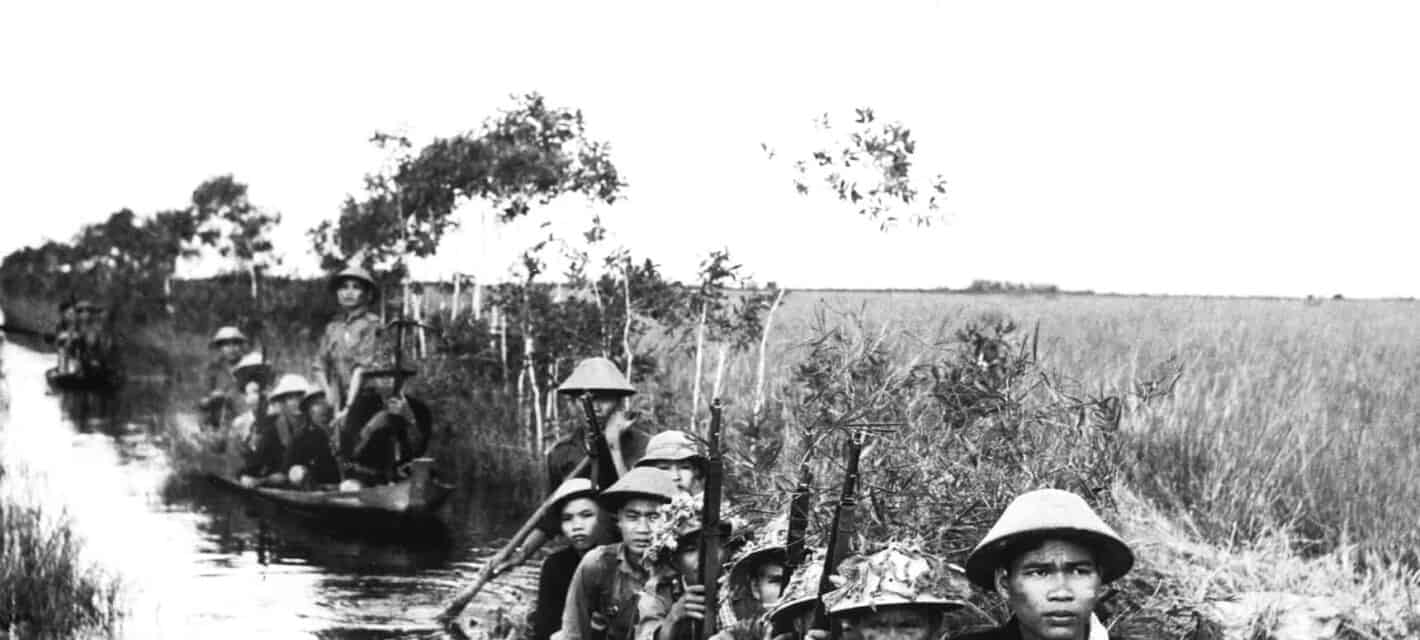Brute force is a welcome asset in warfare, and all else being equal, victory usually goes to the stronger battalions. However, psychological operations and brains – guile and deception – are sometimes even more important than simple brawn. Deception can go a long way towards making victory that much easier for the strong, or towards warding off defeat for the weak. Following are forty fascinating things about some of history’s more interesting psy-op and deception strategies.
40. Fighting Rebels With Fake Vampires

The Japanese expulsion of the US from and conquest of the Philippines in 1942, was followed by a brutal occupation that triggered widespread resistance. One of the more active resistance groups was the Hukbalahap (a Filipino acronym for “The Nation’s Army Against Japan”). Commonly known as the “Huks”, they were a socialist/ communist guerrilla movement of central Luzon farmers.
After Japan’s defeat, the Huks were not eager for the Philippines to resume its role as an American colonial possession. Nor were they eager for a return to life under a landed wealthy native elite who exploited the farmers. So the Huks kept up their insurgency, both against the Americans when they returned to the island archipelago, and against the Filipino government after independence in 1946. To support the Philippines’ US-friendly government, the CIA helped with the counter-insurgency effort, including a psy-op plan to demoralize the Huks with fake vampires.

